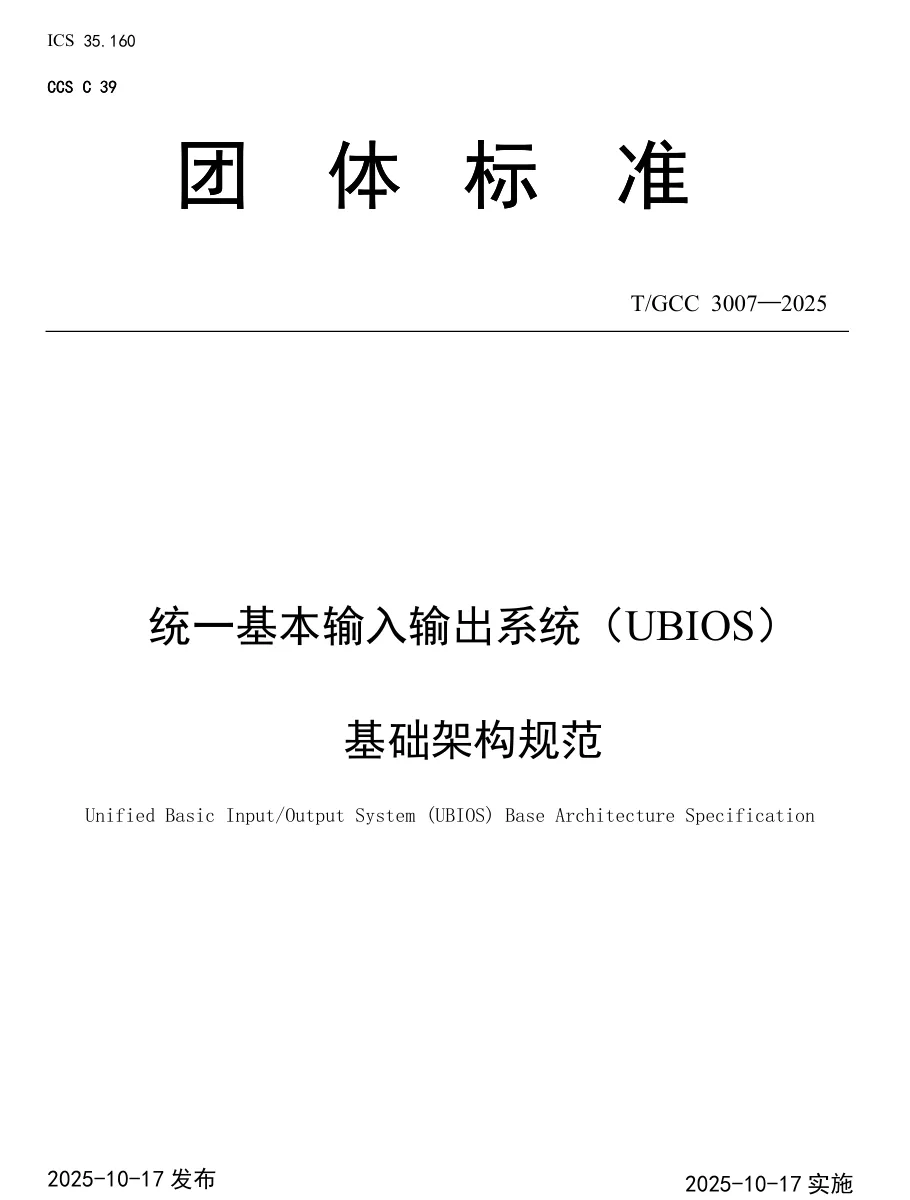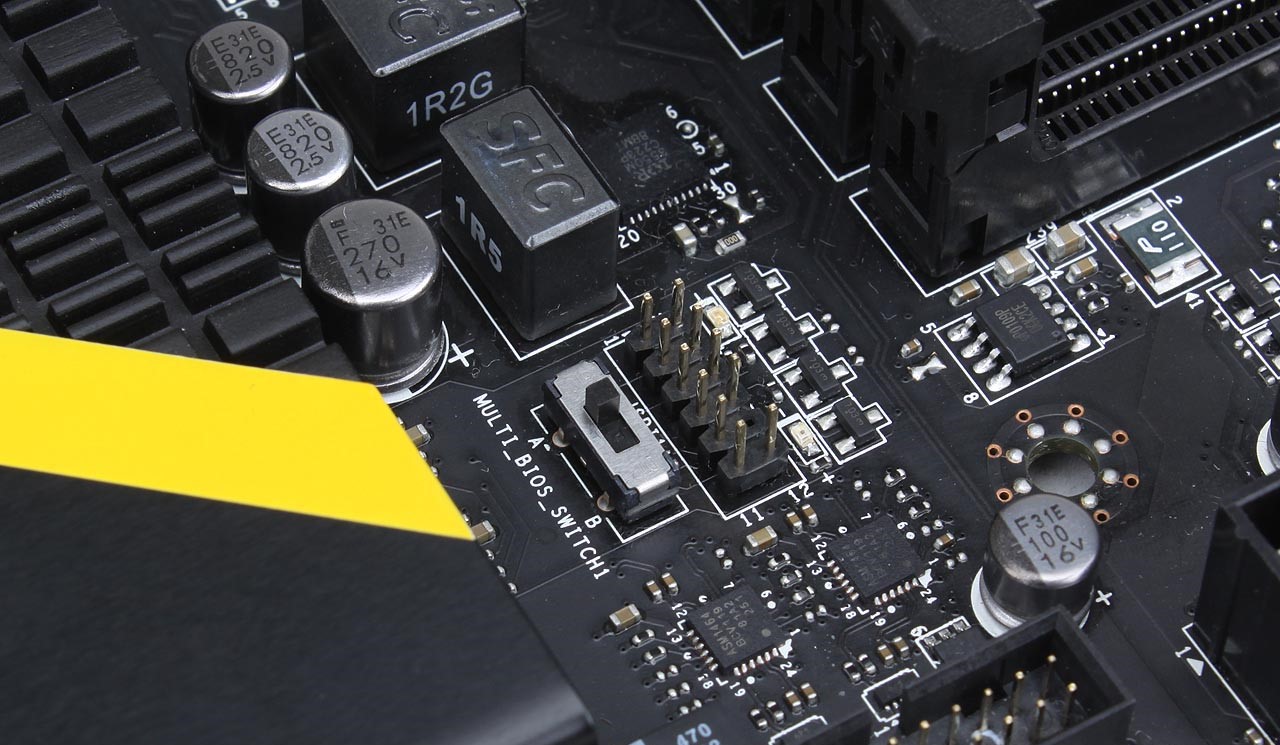In a bold move towards technological independence, China has unveiled its own firmware architecture designed to bolster its computing infrastructure. The Global Computing Consortium (GCC) introduced the “Unified Basic Input Output System” (UBIOS), a groundbreaking framework that aims to replace the reliance on the Microsoft-centric UEFI standard. This development marks a significant milestone in China’s efforts to establish a fully homegrown and scalable firmware ecosystem.
Introducing UBIOS: A Homegrown Solution
China’s push for technological sovereignty has taken a significant leap forward with the unveiling of UBIOS. This new standard, identified as T/GCC 3007-2025, has been crafted to support a distributed architecture and foster software-hardware co-design.  Unlike the UEFI, which has dominated the x86 platforms and expanded to ARM servers, PCs, and the RISC-V ecosystems, UBIOS is tailored to overcome the inefficiencies and bloat associated with these older standards. UBIOS represents the first complete, standardized, and scalable domestic firmware ecosystem.
Unlike the UEFI, which has dominated the x86 platforms and expanded to ARM servers, PCs, and the RISC-V ecosystems, UBIOS is tailored to overcome the inefficiencies and bloat associated with these older standards. UBIOS represents the first complete, standardized, and scalable domestic firmware ecosystem.
The Collaborative Force Behind UBIOS
The drafting committee for the UBIOS standard comprised 13 prominent Chinese tech enterprises and research institutions, including the China Electronics Standardization Institute and Huawei Technologies. This collaboration highlights China’s commitment to reducing its dependency on foreign firmware standards. As UEFI’s architecture is closely tied to Intel and Microsoft, its integration with non-x86 architectures like ARM, RISC-V, and LoongArch has been less than seamless. 
Future Implications of UBIOS
Strategically, UBIOS is poised to transform China’s technological landscape by granting it greater autonomy over its computer infrastructure and ecosystems. By moving away from foreign-controlled firmware, China can streamline its processes and enhance its computing authority. UBIOS’s focus on native heterogeneous computing support and unified hardware management contributes to a more efficient and adaptable framework for future advancements in chip design. As China adopts this innovative system, the impact on global firmware standards could be profound, reshaping the dynamics of technological dependencies.
